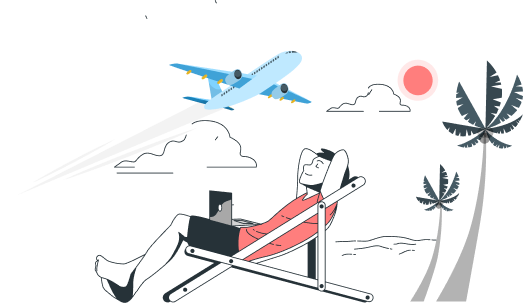Best of Korea
1 Country
1 City
 9 Nights
9 Nights
 10 Days
10 Days
-
Flight
-
Hotel
-
Visa
-
Sightseeing
-
Transfer
-
Meals
Seoul (4N)
Sokcho (1N)
Gyeongju (1N)
Busan (1N)
Gwangju (2N)
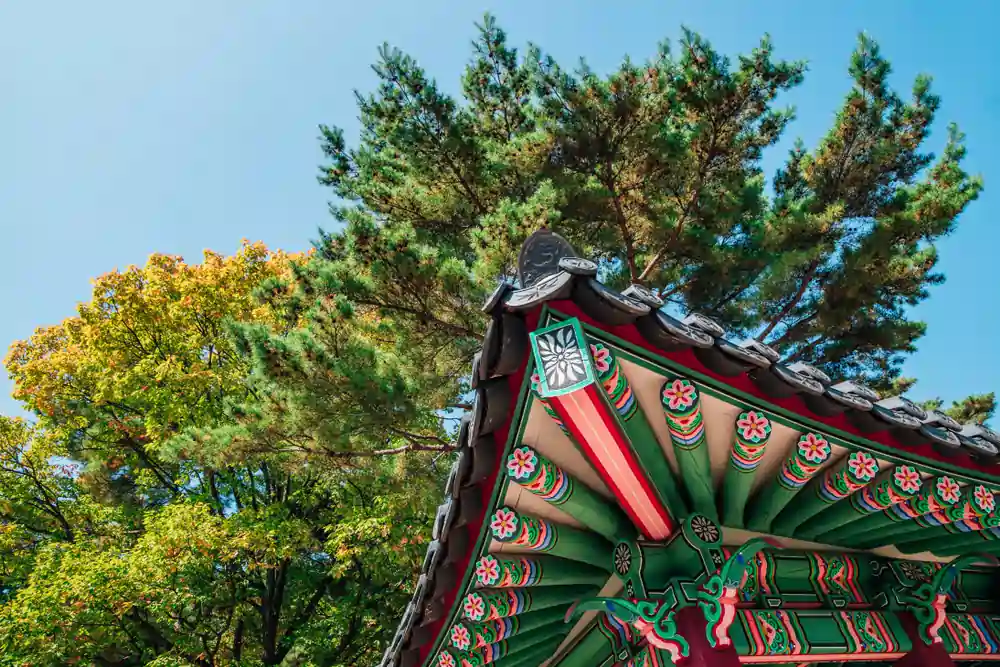
Package Highlights
- Seoul
- Cheonggyecheon Stream
- Gyeongbokgung Palace
- Bukchon Hanok Village
- Blue House
- Gwanghwamun Square
- Insadong Antique Alleyis
- Jogyesa Temple
- Seorak Mountains
- Sinheungsa Temple
- Gwongeumseong Fortress
- Cheomseongdae Observatory
- Nakdong River
- Yonggungsa Temple
- Gamcheon Culture Village
- Jagalchi Market
- Suncheon Bay Garden
- Traditional Culture Center
- Yangnim History & Culture Village
- Juknokwon Bamboo Forest
- Damyang Bamboo Forest
- Lotte World Tower
- Lotte World
- Samsung D’Light Showroom
- Bongeunsa Temple
- Dongdaemun Market

-
morning
-
noon
-
full day
- Arrive in Seoul
- Transfer to Hotel & Check-In
- Walk at Cheonggyecheon Stream and Gwanghwamun Square
-
morning
-
full day
-
- Breakfast
- Visit Gwanghwamun Square, Gyeongbokgung Palace , Blue House , Bukchon Hanok Village , Insadong Antique Alleyis , Jogyesa Temple and Cheonggyecheon Stream
-
morning
-
full day
-
- Check-Out from Hotel & Transfer to Sokcho
- Visit Seorak Mountains, Sinheungsa Temple, Gwongeumseong Fortress by Seorak Cable Car
-
morning
-
full day
- Check-Out from Hotel and Transfer to Andong
- Visit Nakdong River and Cheomseongdae Observatory
-
morning
-
full day
- Transfer to Busan
- Enjoy Busan Tour
-
full day
-
evening
- Visit Gamcheon Culture Village, Jagalchi Market & The Suncheon Bay Garden
- Transfer to Gwangju
-
full day
-
- Visit Traditional Culture Center, Yangnim History & Culture Village, Visit May 18 Archives and 1913 Songjeong Station Market
-
morning
-
full day
- Transfer to Damyang
- Visit Damyang Bamboo Forest Juknokwon
-
full day
-
- Visit to Lotte World OR Visit to Observatory Seoul Sky in Lotte World Tower. Transfer to Gangnam District, Visit Samsung D’Light Showroom, Bongeunsa Temple and Dongdaemun Market
-
morning
- Breakfast check -out from Hotel and Departure from south Korea
Itinerary
Day 1
Day 2
Day 3
Day 4
Day 5
Day 6
Day 7
Day 8
Day 9
Day 10

.jpg)
Highlights
-
morning : Arrive in Seoul
-
noon : Transfer to Hotel & Check-In
-
full day : Walk at Cheonggyecheon Stream and Gwanghwamun Square
Meals : Lunch
.jpg)
.jpg)
.jpg)
.jpg)
.jpg)
.jpg)
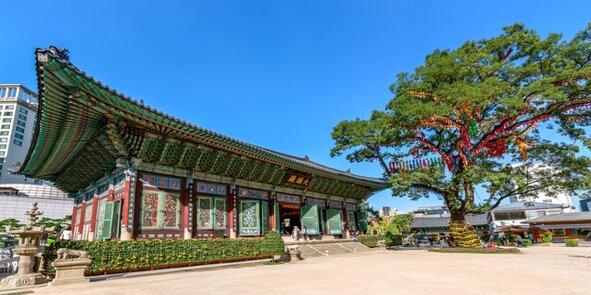
Highlights
-
morning : Breakfast
-
full day : Visit Gwanghwamun Square, Gyeongbokgung Palace , Blue House , Bukchon Hanok Village , Insadong Antique Alleyis , Jogyesa Temple and Cheonggyecheon Stream
Meals : Breakfast , Lunch
.jpg)
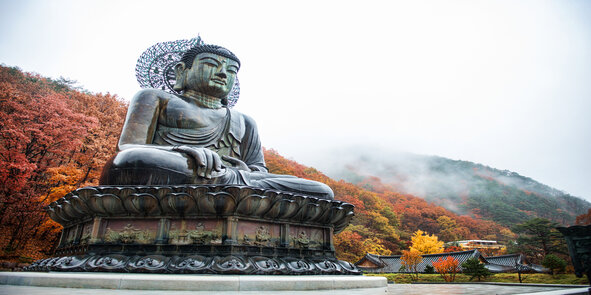
.jpg)
Highlights
-
morning : Check-Out from Hotel & Transfer to Sokcho
-
full day : Visit Seorak Mountains, Sinheungsa Temple, Gwongeumseong Fortress by Seorak Cable Car
Meals : Breakfast , Lunch
.jpg)
.jpg)
Highlights
-
morning : Check-Out from Hotel and Transfer to Andong
-
full day : Visit Nakdong River and Cheomseongdae Observatory
Meals : Breakfast , Lunch
.jpg)
Highlights
-
morning : Transfer to Busan
-
full day : Enjoy Busan Tour
Meals : Breakfast , Lunch
.jpg)
.jpg)
.jpg)
Highlights
-
full day : Visit Gamcheon Culture Village, Jagalchi Market & The Suncheon Bay Garden
-
evening : Transfer to Gwangju
Meals : Breakfast , Lunch
.jpg)
.jpg)
Highlights
-
full day : Visit Traditional Culture Center, Yangnim History & Culture Village, Visit May 18 Archives and 1913 Songjeong Station Market
Meals : Breakfast , Lunch
.jpg)
.jpg)
Highlights
-
morning : Transfer to Damyang
-
full day : Visit Damyang Bamboo Forest Juknokwon
Meals : Breakfast , Lunch
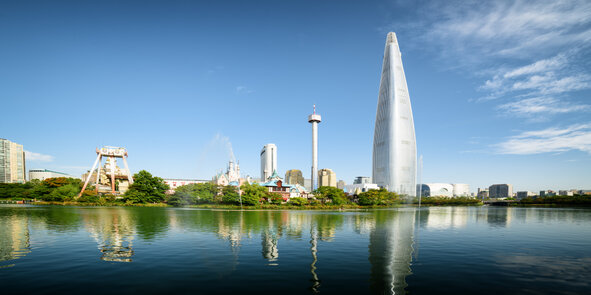
.jpg)
.jpg)
.jpg)
.jpg)
.jpg)
Highlights
-
full day : Visit to Lotte World OR Visit to Observatory Seoul Sky in Lotte World Tower. Transfer to Gangnam District, Visit Samsung D’Light Showroom, Bongeunsa Temple and Dongdaemun Market
Meals : Breakfast , Lunch

Highlights
-
morning : Breakfast check -out from Hotel and Departure from south Korea
Meals : Breakfast
Accommodation
Inclusion and Exclusion
Inclusions
- 9 Nights’ Accommodation In Above Selected Category
- Daily Breakfast At Hotel & Local Lunch On All Days
- Round Trip Sic Airport Transfers With English/Chinese Speaking Driver By Minivan Or Motor Coach
- Entrance Fees As Per Above Itinerary
- English Speaking Guide Escort During Excursions
- Above Price Is Valid For Minimum Of 10 Adults Travelling Together
Exclusions
- Airfare
- Cost Of Visa
- Anything Not Specified Under Inclusions
- Expense Of Personal Nature Such Telephone Calls, Laundry Etc
- Surcharge During Peak Period & Black-Out Dates (28th Sep – 7th Oct, 23 – 25 Nov, 22nd Dec – 02nd Jan, 08 – 13th Feb 2024)
- Rates Are Not Valid During Exhibition & Events
- All Rooms & Offers Are Subject To Availalbity At Time Of Confirmation & At Discretion Of The Hotel / Resort
Cancellation Policy (Per person)
Within 15-30 days
30% Non Refundable
Within 10-15 days
75% Non Refundable
Within 10 days
100% Non Refundable
- Hotel or Air - 100% in case of non refundable Ticket/Hotel Room
- Cruise Or Visa - On Actuals
Payment Policy
Within 45-30 days
75% of total tour cost or non refundable component whichever is higher
Within 30 days
100% of total tour cost
Terms & Conditions
All Prices are in Indian Rupees and subject to change without prior notice.
Price quoted are subject to availablity at time of confirmation, we are currently not holding any blocking against the sent quotation.
Tour prices are valid for Indian Nationals & Foreigners holding Indian Resident Permit.
Booking confirmations are subject to availability.
All Hotels Rooms are subject to availability
We are not holding any reservations of air seats, hotel rooms, conference rooms etc. Final availability status will only be known when we request for bookings.
Holiday Surcharge will be additional if applicable
Any overstay expenses due to delay or change or cancellation in flight will be on the guests own & Akbar Holidays will not be held liable for such expenses however we will provide best possible assistance.





.png)

.png)






